The main gate of your home is more than just a barrier between your property and the outside world. It is the first thing visitors see and the first line of defense for your house. A well-designed main gate can increase the security of your home and boost its overall appearance. Whether you are building a new home or renovating an existing one, choosing the right main gate design is a crucial decision.
In this blog, we will help you understand everything you need to know about main gate designs, including different styles, materials, factors to consider before buying, and the latest trends. Let’s get started!
1. Why is the Main Gate Important?
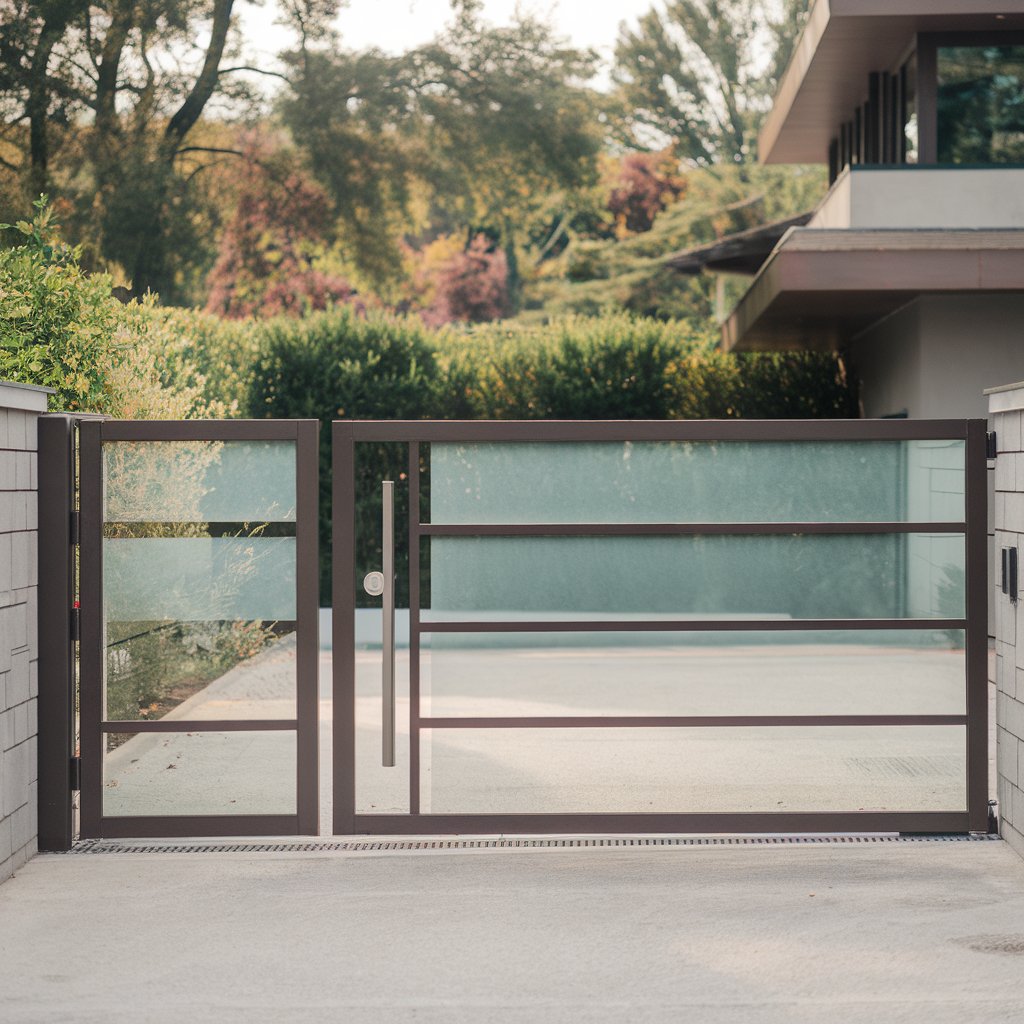
The main gate plays several important roles:
- Security: A strong and well-built gate keeps unwanted guests out. It adds an extra layer of protection to your home and makes it harder for intruders to break in.
- Privacy: Gates prevent outsiders from peeking into your property. This helps maintain the privacy of your home and family.
- Curb Appeal: The design of your main gate can improve the overall appearance of your house. It can add a sense of style and elegance, making your home more attractive.
- Property Value: A well-designed and functional gate can increase the value of your property. It shows that you care about safety, aesthetics, and maintenance.
2. Different Types of Main Gate Designs
There are various main gate designs to choose from depending on the style of your house and personal preferences. Here are some common designs:
a) Swing Gates
Swing gates are the most traditional type of main gate. They open like a door, either inwards or outwards. These gates are commonly found in residential homes and are simple yet elegant.

- Advantages:
- Easy to operate
- Low maintenance
- Great for large properties
- Disadvantages:
- Requires a lot of space to open
- Not suitable for homes with steep driveways
b) Sliding Gates
Sliding gates are perfect for homes with limited space. Instead of opening inwards or outwards, these gates slide sideways along a track.
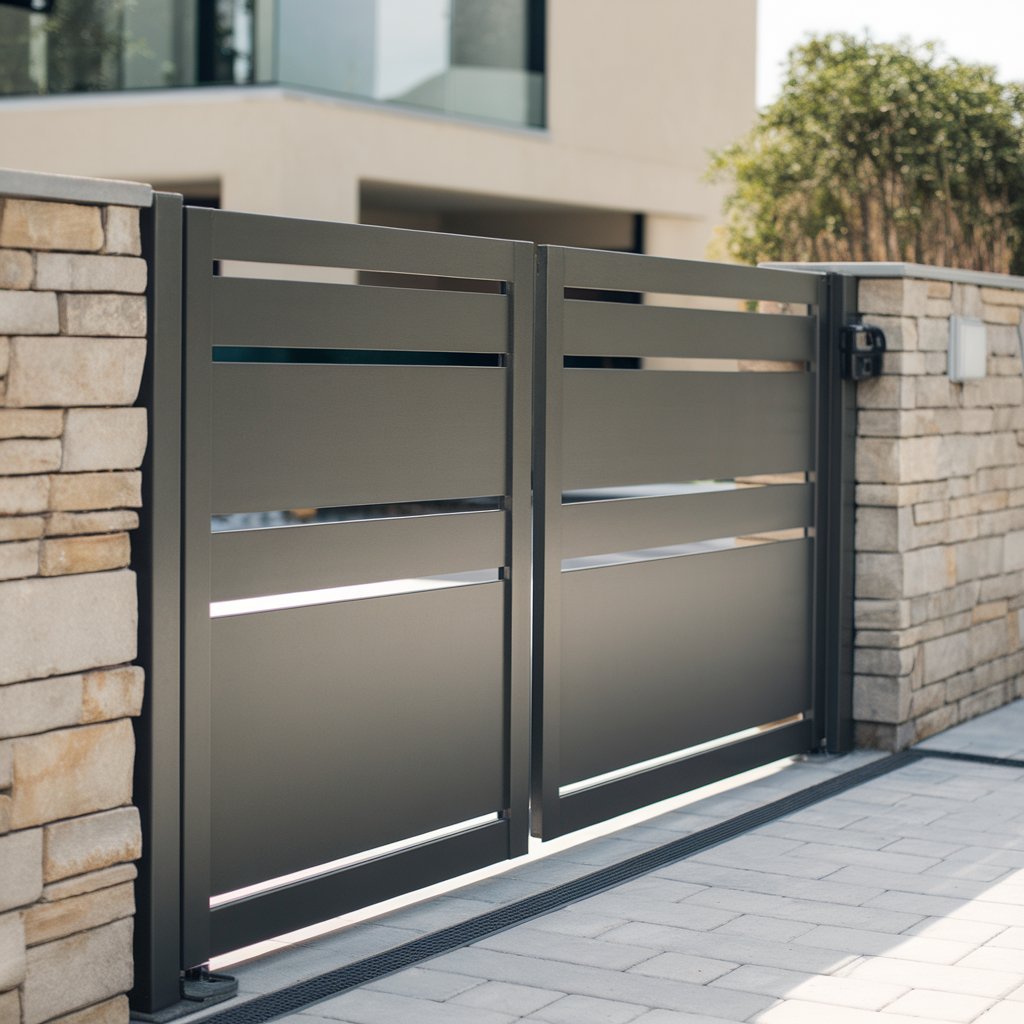
- Advantages:
- Space-saving
- Ideal for homes with shorter driveways
- Smooth and silent operation
- Disadvantages:
- May require frequent maintenance of the track
- More complex to install compared to swing gates
c) Bi-Folding Gates
Bi-folding gates are made up of two or more panels that fold onto each other when opened. These gates are perfect for homes with limited space and provide a modern look.
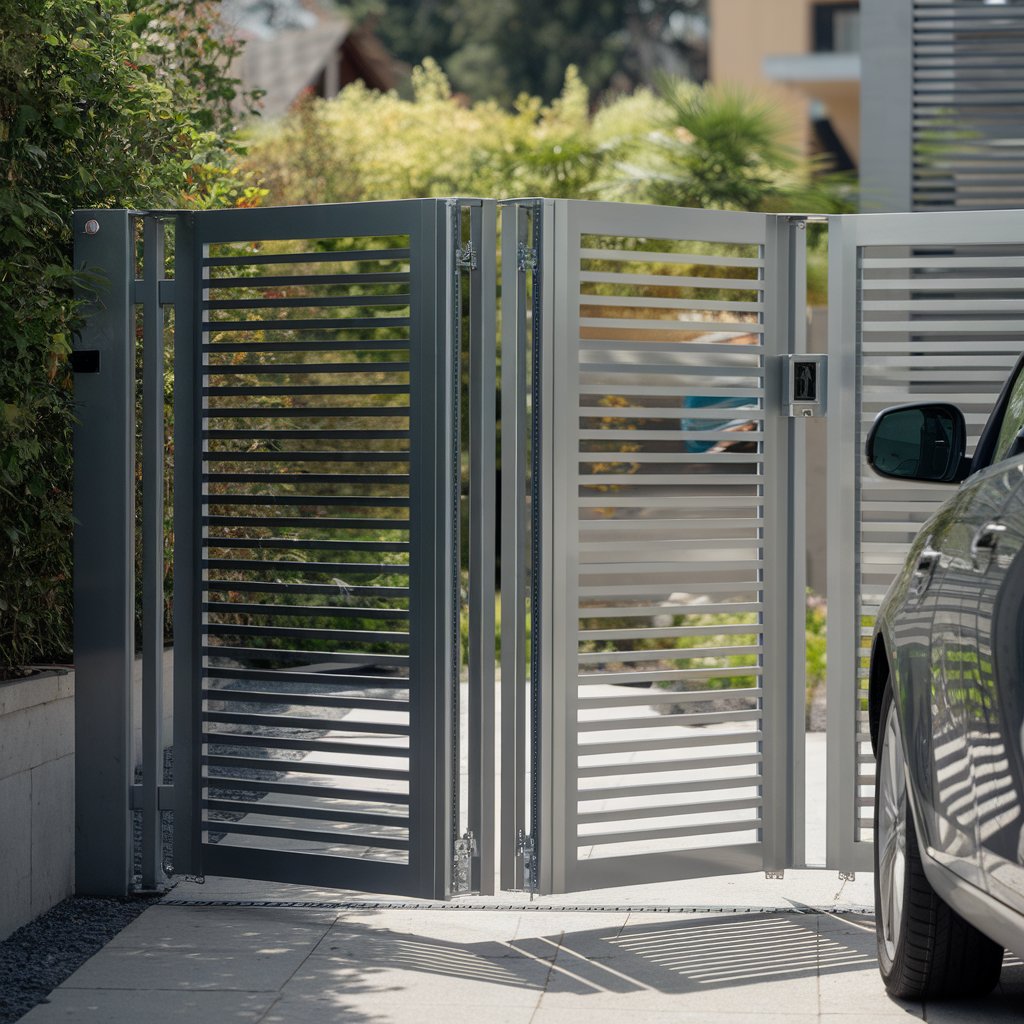
- Advantages:
- Space-efficient
- Ideal for modern homes
- Fast opening and closing
- Disadvantages:
- Complex installation process
- Can be more expensive than other types
d) Automatic Gates
Automatic gates are highly convenient and offer both swing and sliding mechanisms. They can be controlled using a remote, smartphone, or keypad.
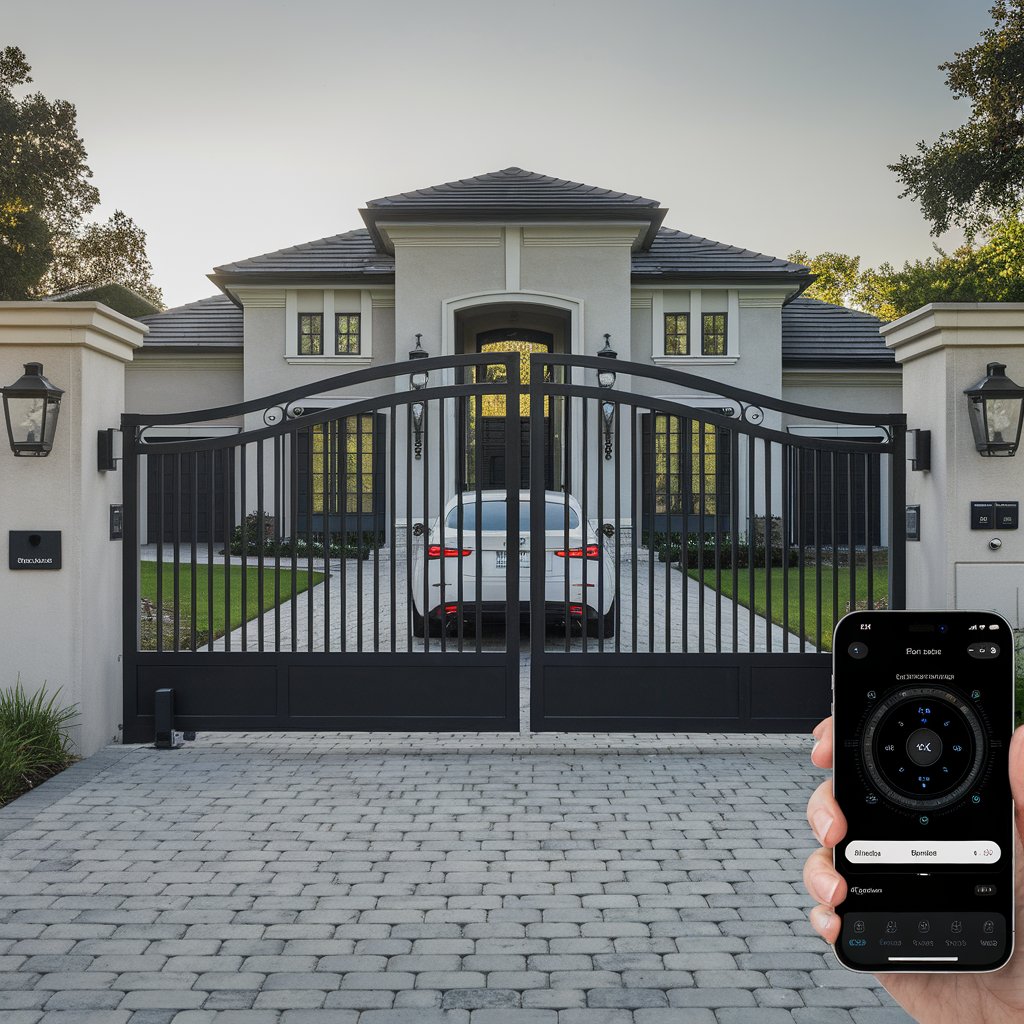
- Advantages:
- High convenience
- Enhanced security
- Can be operated without leaving the car
- Disadvantages:
- Expensive to install
- Requires electricity and regular maintenance
e) Wrought Iron Gates
Wrought iron gates are classic and elegant. These gates are known for their durability and intricate designs.
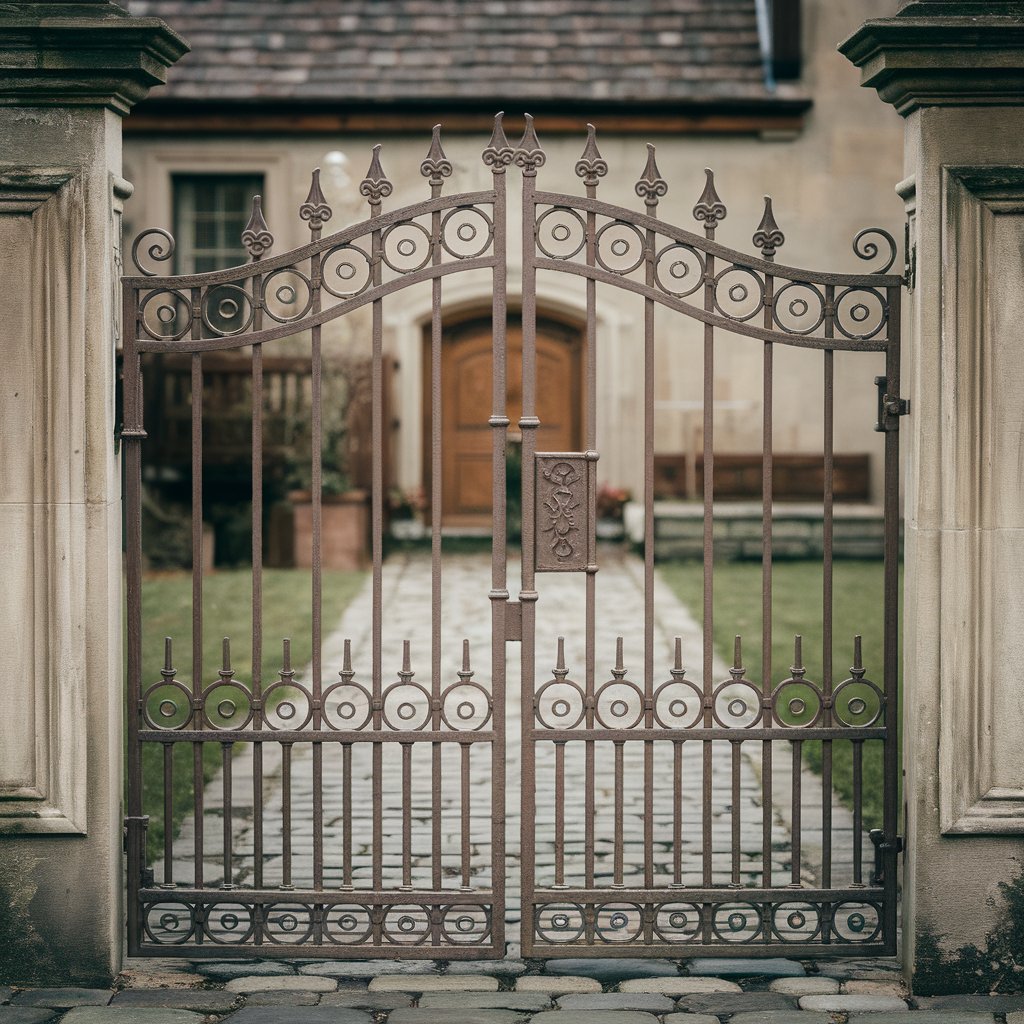
- Advantages:
- Long-lasting
- Strong and secure
- Adds a decorative touch to your property
- Disadvantages:
- Can rust over time without proper maintenance
- More expensive than wooden or aluminum gates
f) Wooden Gates
Wooden gates bring a warm and natural feel to your property. These gates can be painted or stained to match the style of your home.
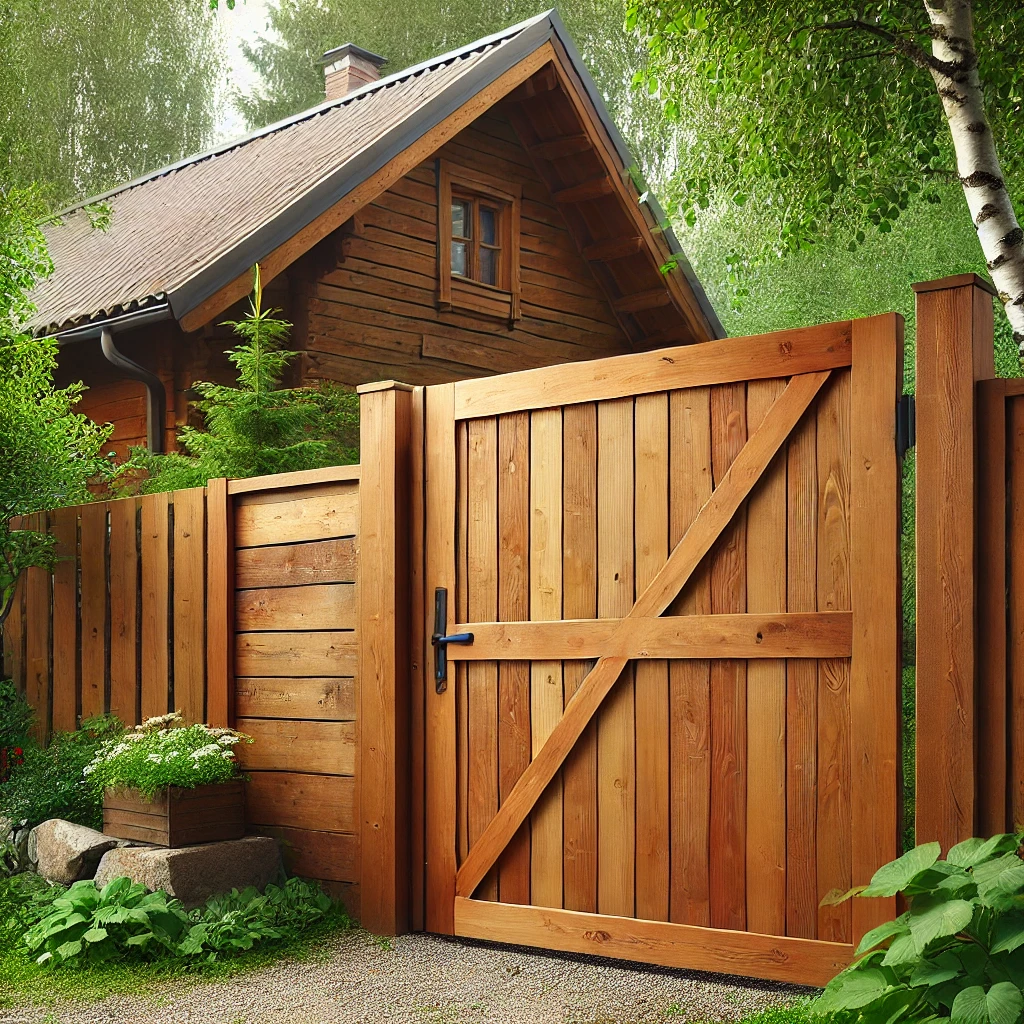
- Advantages:
- Aesthetic appeal
- Customizable
- Eco-friendly option
- Disadvantages:
- Requires regular maintenance
- Prone to weather damage
3. Choosing the Right Material for Your Main Gate
The material of your main gate is just as important as the design. Here are the common materials used for main gate designs:
a) Steel
Steel gates are strong, durable, and provide excellent security. They are resistant to weather conditions and last for a long time.
- Pros: High security, long-lasting, low maintenance
- Cons: Heavier than other materials, limited design options
b) Aluminum
Aluminum gates are lightweight and resistant to rust, making them a popular choice for coastal areas.
- Pros: Lightweight, rust-resistant, easy to install
- Cons: Less secure than steel, can be easily dented
c) Wood
Wooden gates offer natural beauty and charm. You can customize the design and finish to match your home’s exterior.
- Pros: Customizable, eco-friendly, warm aesthetic
- Cons: Requires maintenance, not as durable as metal gates
d) Wrought Iron
Wrought iron gates are known for their classic and elegant appearance. They are highly durable but require regular upkeep to prevent rust.
- Pros: Strong, secure, and decorative
- Cons: Prone to rust, expensive
e) Vinyl
Vinyl gates are a modern, low-maintenance option. They come in various styles and are resistant to weather damage.
- Pros: Low maintenance, weather-resistant, affordable
- Cons: Limited color options, less durable than metal gates
4. Factors to Consider When Choosing a Main Gate Design
When selecting a main gate design, it’s important to think about a few factors that can impact your decision:
a) Security
The main purpose of a gate is to provide security. Choose a design that offers a strong barrier against intruders. Steel and wrought iron gates are known for their high-security features.
b) Space
Do you have enough space for a swing gate, or would a sliding gate be a better fit? Consider the layout of your property before choosing a design.
c) Aesthetic Appeal
Your main gate should match the overall look of your home. Whether you prefer a modern or traditional design, make sure the gate complements your house’s style.
d) Budget
Different materials and designs come with different price points. Set a budget before shopping for gates, and choose a material that fits within your financial plan.
e) Climate
The climate of your area can affect the lifespan of your gate. Wooden gates might not be ideal for areas with heavy rainfall, while steel gates may rust in coastal regions. Choose a material that is suitable for your local weather.
f) Automation
Do you want to open the gate manually, or do you prefer an automatic gate? Automated gates offer convenience but come with a higher price tag and require electricity.
5. Latest Trends in Main Gate Designs
Homeowners are constantly looking for ways to modernize their gates while maintaining security. Here are some of the latest trends in main gate designs:
a) Minimalist Designs
Sleek and simple designs are becoming increasingly popular. Minimalist gates often feature clean lines, neutral colors, and no unnecessary decorations.
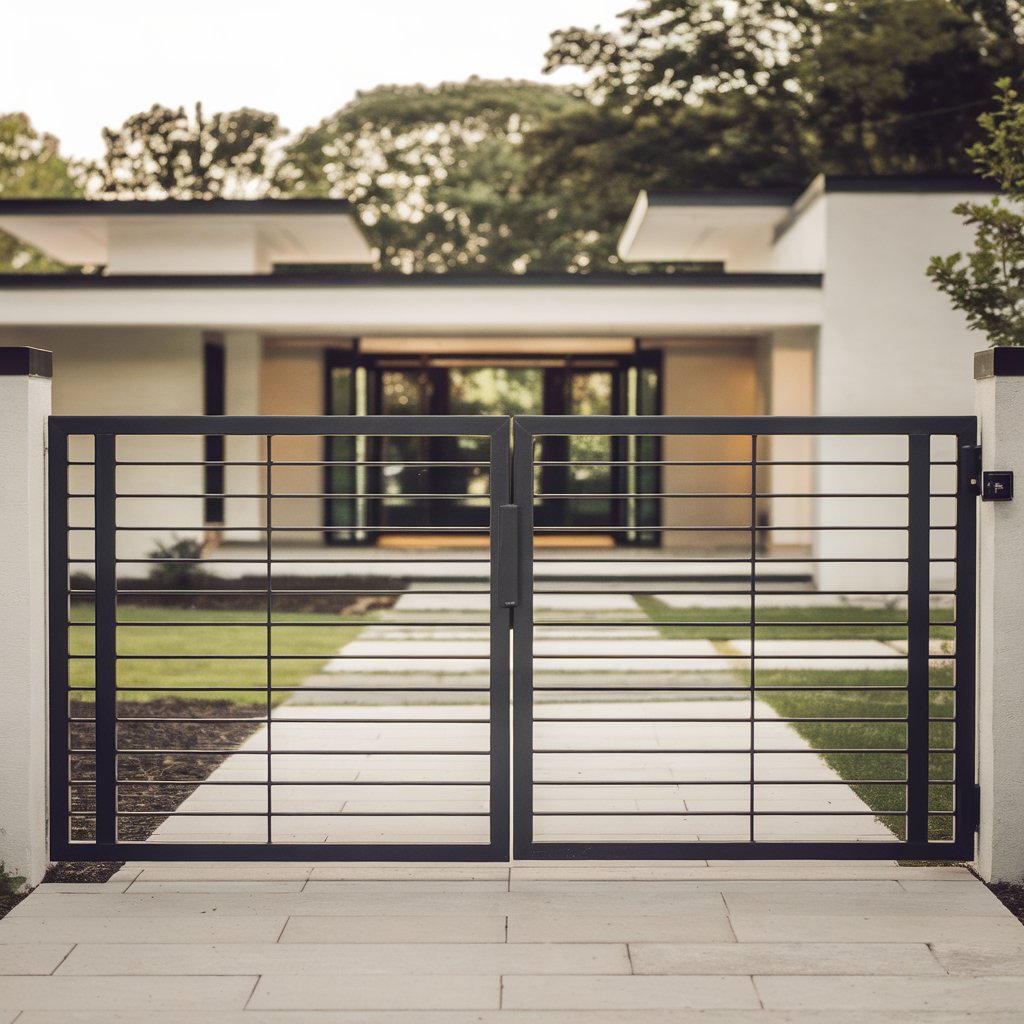
b) Smart Gates
With the rise of smart home technology, smart gates are a growing trend. These gates can be controlled through your smartphone, allowing you to open and close the gate from anywhere.

c) Laser-Cut Metal Designs
Laser-cut metal gates are known for their intricate and unique patterns. These gates add a personalized touch to your home and are highly durable.
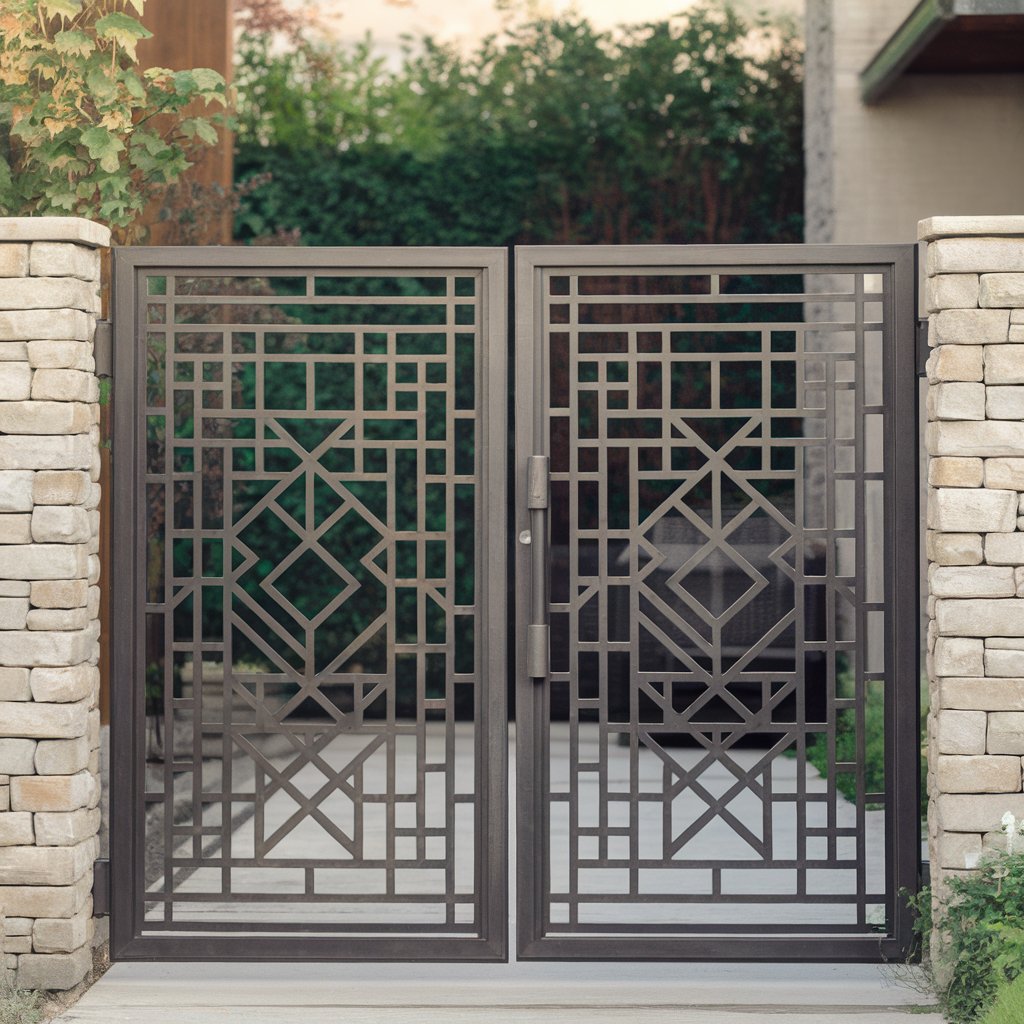
d) Solar-Powered Gates
Energy-efficient solutions are trending, and solar-powered gates are gaining popularity. These gates reduce electricity costs and are eco-friendly.

e) Decorative Elements
Adding decorative elements such as wrought iron scrollwork or wooden carvings can give your gate a customized and unique look.
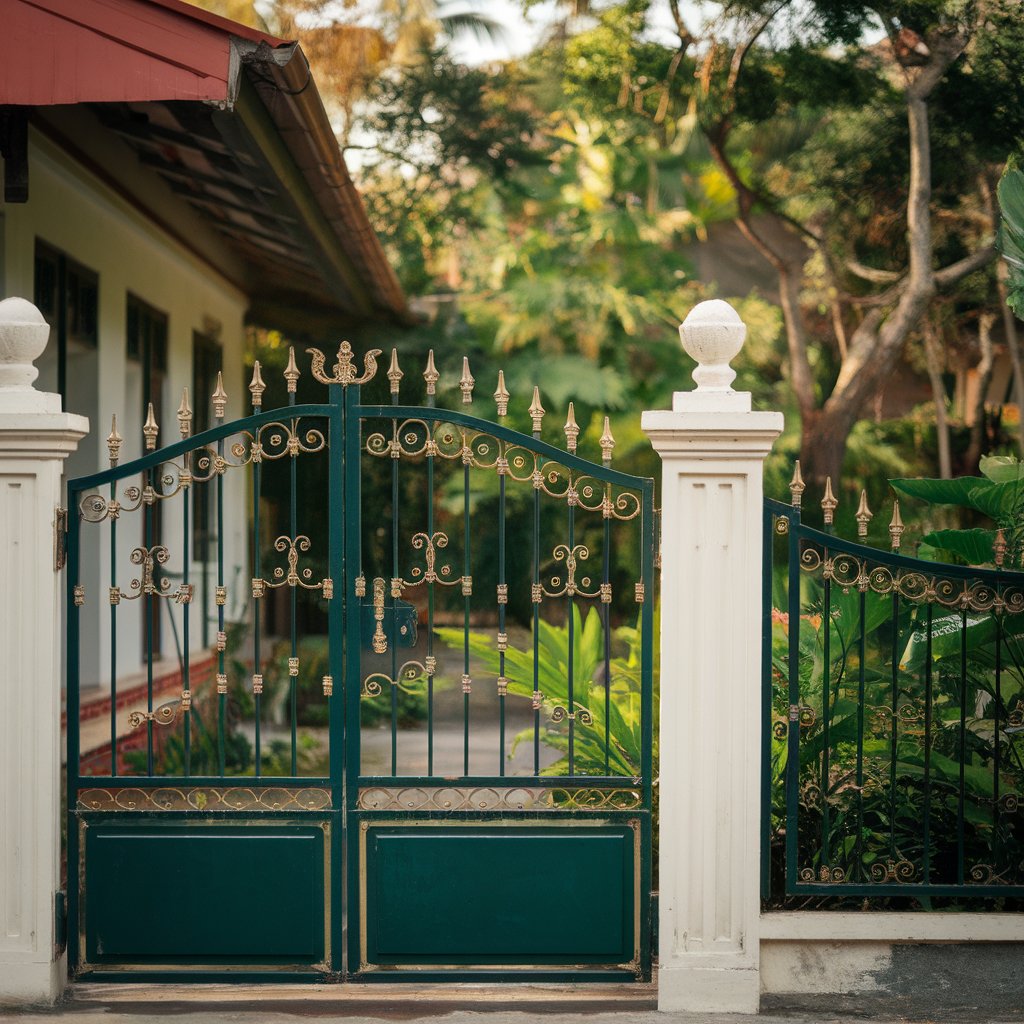
6. Maintenance Tips for Your Main Gate
Maintaining your main gate is important to ensure its longevity and functionality. Here are a few maintenance tips:
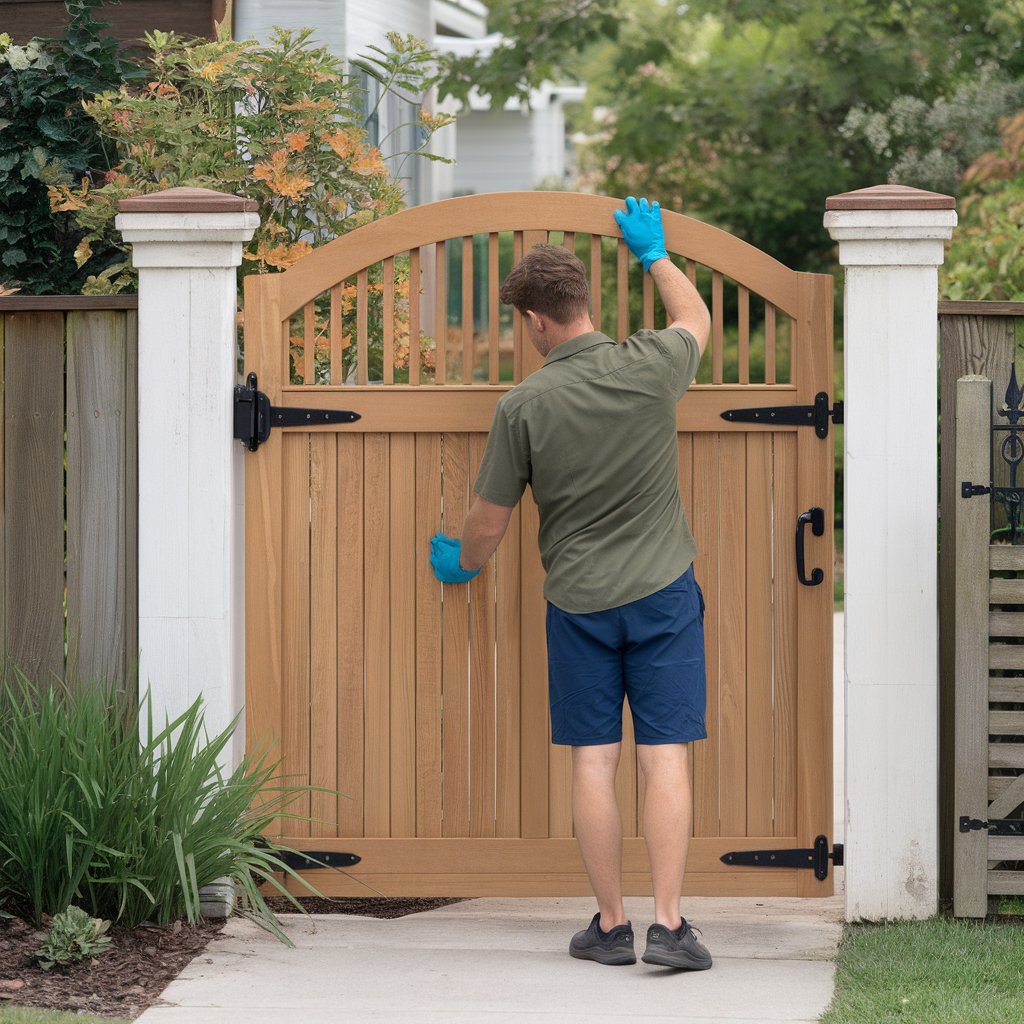
- Regular Cleaning: Clean your gate regularly to prevent dirt, rust, or damage. Wooden gates may need sanding and repainting, while metal gates can be cleaned with water and a mild detergent.
- Lubrication: If you have a swing or sliding gate, make sure to lubricate the hinges and tracks regularly to prevent stiffness and noise.
- Inspection: Check your gate’s locks, bolts, and hinges for any signs of wear and tear. Replace any damaged parts as soon as possible.
- Rust Protection: For metal gates, use rust-resistant coatings to protect against corrosion, especially in humid or coastal areas.
- Wood Treatment: If you have a wooden gate, apply a weather-resistant sealant to protect it from rain, sunlight, and termites.
Conclusion
Choosing the perfect main gate design for your home is a decision that should be made carefully. Your gate should not only reflect your personal style but also provide security, privacy, and durability. By considering the different types of gates, materials, and factors we’ve discussed in this blog, you’ll be able to select the best gate for your home. Remember, a well-designed gate is not just a functional barrier but also a statement piece that can enhance the overall appeal and value of your property.
Now that you know everything about main gate designs, it’s time to pick the perfect one for your home!

